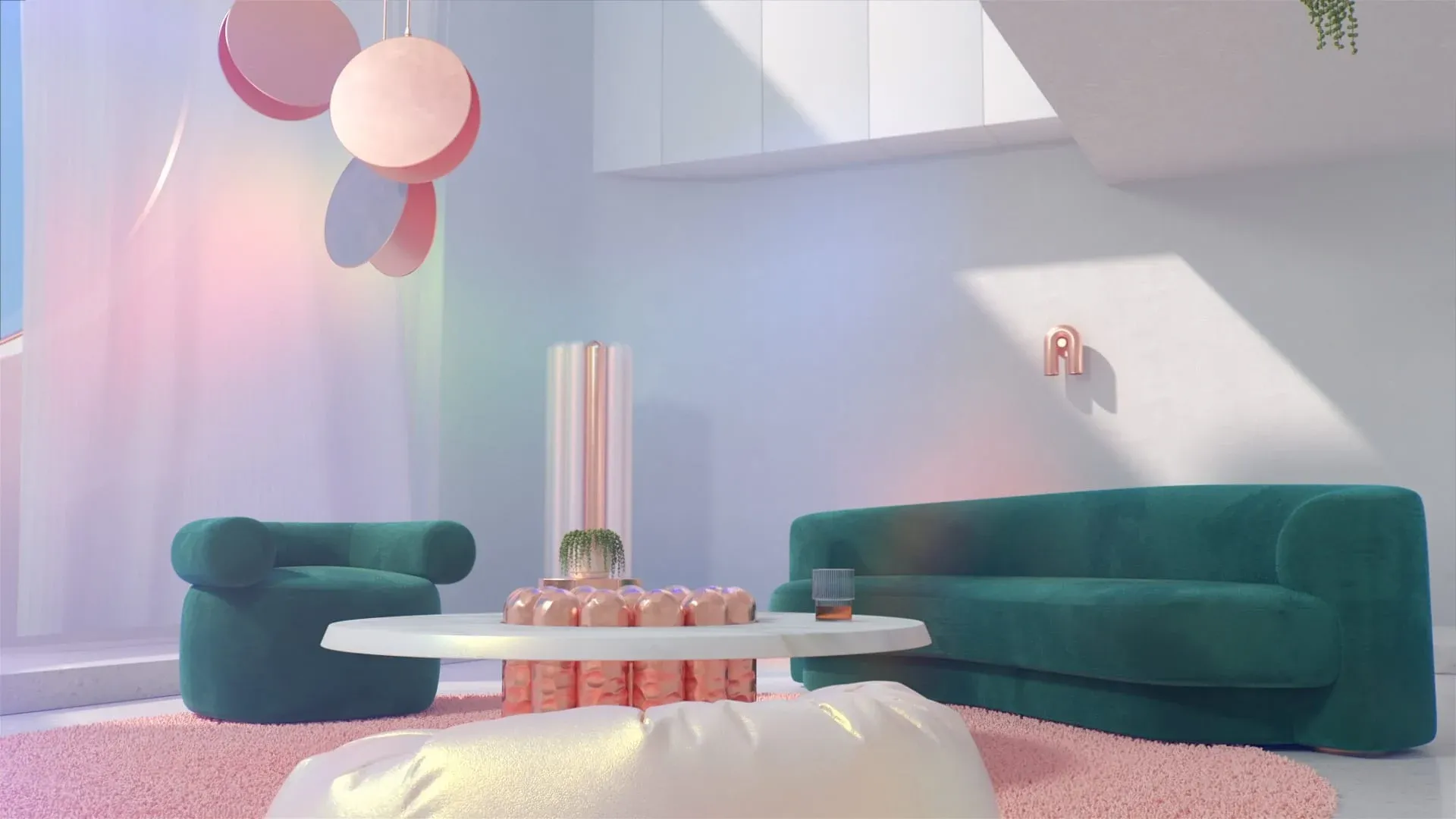Dipping into the world of painting easily conjures images of slapping paint up on the walls with your family on a breezy Sunday afternoon. What doesn’t often come to mind are the many little things that go into preparing for those few hours of fun. A successful DIY home paint job is tied to how well you’ve planned for it, so we’ve put together a list of things that make the difference between success and failure.
1. Gather your tools
Once you have a clear idea of your DIY goal, it’s time to assemble what you need. Start out with the essentials for painting any room: painters tape, a drop cloth, paint trays, rollers and refills, a ladder and small brushes for the finer details. Next, plan for surprises that cost time and money — if you’re renovating an old place you may find yourself fixing a previous tenant’s shortcut. For instance, many people simply paint over wallpaper, but if you’re after a long-lasting, high quality finish you’ll find yourself stripping it off first, which can leave you behind schedule and over budget.
2. Dress the part
Invest in coveralls, eye protection and a mask. If you’re aiming to paint a small space, you could forego the specialist clothing for a comfortable set of clothes you’re willing to lose, a baseball cap to protect your hair (if you’re painting a ceiling) and… well, you can’t really get away from the mask. They protect your lungs from the inevitable exposure to toxic chemicals and dust, and also keep any facial hair free from paint splatters.
3. Prepare the space
The better prepared you are before you open your first tin of paint, the quicker your DIY project will be. Start by removing all the hardware in the room and store them in a Ziploc bag — door knobs, cabinet hinges, light switch covers. This minimises the number of times you’ll be under pressure to create a razor-sharp edge for that professional finish. Next, put down your drop sheet and create a workstation in the centre of the room that will keep your tools within arms reach when you’re in the thick of things.
4. Fix existing flaws and clear blemishes
Painting is one activity where shortcuts never work. If you’re after a luxury finish that protects the structural integrity of your home, you’ll need to fix any holes or cracks before your first coat of primer. Textured coating can work wonders to disguise severe blemishes and the traces of more extensive repair-work, but if this is your ideal solution you might need to call in the experts.
5. Paint, and pack away
You’re finally ready to cover up the edges with painters tape and apply the first coat of primer to begin painting! This is where the stereotypes kick in, and you’ll soon find yourself having paint wars with your friends or family and eating pizza in between coats! Avoid cleaning your brush and rollers at every break — wrap them in clingfilm, or store them in the fridge overnight if you plan on carrying on the next day. Once you’ve finished the job, clean your brushes thoroughly and store them away for the next time!
You may spend more time preparing than actually working with paint, but laying the groundwork will save you from making costly mistakes or wasting time on a job that will only need to be redone before the usual 7–10 year lifespan of the paint itself runs out. Painting is one of the best ways to protect walls from mould, water and sun damage, while updating your home’s look and feel.
In a small enough space, it can definitely be cheaper to DIY. But when you’re short on time, or are an absolute beginner, an expert’s precision will ensure you get the job done right the first time, to deadline. Contact the Barker-Whittle team for a no-obligation quote and give yourself the opportunity to learn from master painters and texture coating specialists before you tackle things on your own.









